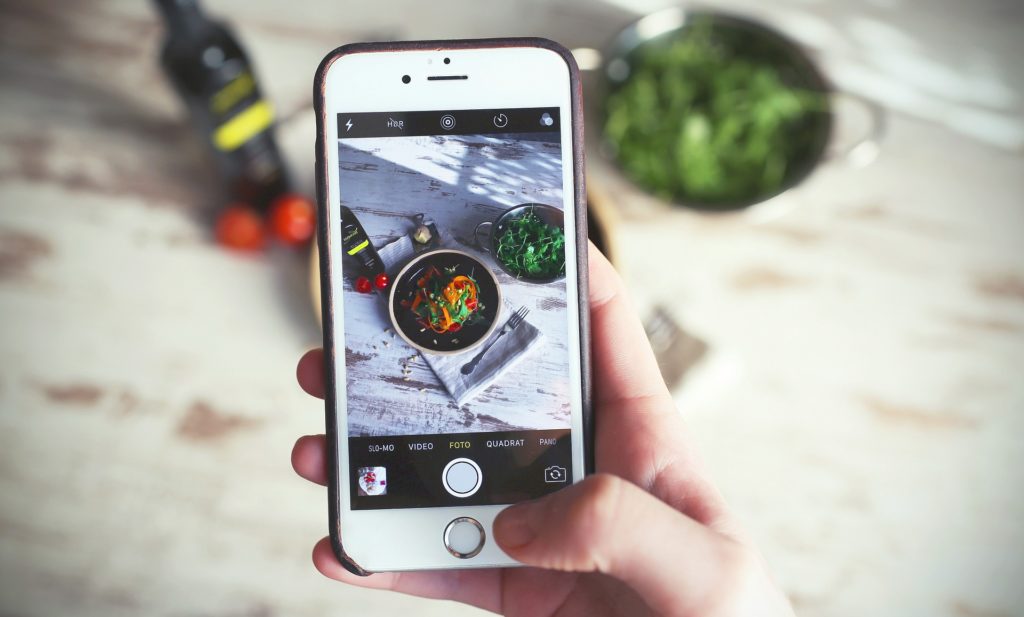In a world where foods are aesthetically designed for social media pictures, it’s no surprise that foods can now be made from social media pictures. Facebook, which is one of the most prominent social media sites on the internet, has made this possible through a piece of artificial intelligence (AI) software which can identify the recipes for certain meals by just scanning users’ photographs.
In an interview with Forbes, Facebook’s Artificial Intelligence Research (FAIR) group said that their AI system is able to identify the ingredients and method required to make a variety of foods by just taking a look at their pictures.
“Everyone is always taking pictures of their meals these days,” said Joelle Pineau, head of FAIR’s Montreal lab, told Forbes. “Sometimes there’s ingredients you can see but there’s also ingredients you can’t always see, like sugar and salt and things like that. So they train it [the AI] with pairs of images and recipes. But then when they test it they just give the image and it generates a recipe.”
However, Facebook does not plan on making this AI technology available to the public just yet, according to Pineau. The company is currently just focusing on developing new technologies that can keep up with the changing food space.
“We need to have machines that understand the world. Understand not just the visible in the world, but understand that when you have a cake there’s usually sugar in there,” Pineau told Forbes.
Facebook’s AI announcement comes a year after researchers at the Massachusetts Institute of Technology (MIT) developed a similar kind of AI technology. In July 2017, the team at MIT released an online trial for a neural network which was trained to memorize data from one million photos and one million recipes. However, this AI system was not perfected and did not recognize certain foods.
Food company Knorr also recognized a need for integrating social media feeds with food trends with the launch of their Instagram-compatible AI system. Last spring, the company introduced “Eat Your Feed,” a program that can scan the Instagram feeds of consumers and provide them with personalized recipes that include at least one Knorr product as an ingredient. However, this AI technology generates recipes from the overall Instagram feeds of consumers rather than specific food pictures.
More recently, Nestlé launched a personalized nutrition program in Japan that utilizes AI, DNA testing and Instagram to create personalized health beverages for consumers. The Nestlé Wellness Ambassador program is currently being used by 100,000 Japanese consumers in its trial phase.
These technological advancements are setting up a path towards the future of the food industry. Social media already plays a significant role in how food products are packaged and now it’s on its way towards helping consumers decide what to buy in a grocery store.
If Facebook finds success with their AI system, the food industry will have a new marketing avenue to reach out to consumers with. Since center aisle product sales are on a downward slope, marketers can use this new digital recipe building system to their advantage by partnering with other social media brands. CPG companies can work with popular social media influencers to create intriguing foods while using at least one of their products as an ingredient. This technology can also help companies understand consumer behaviors so that they can target their R&D efforts towards those preferences.
However, Facebook’s AI system is still in its early phases and the company has not released the technology to the public yet. Nevertheless, it’s quite likely that social media will become a key factor in food product sales in the future.












Join or login to leave a comment
JOIN LOGIN